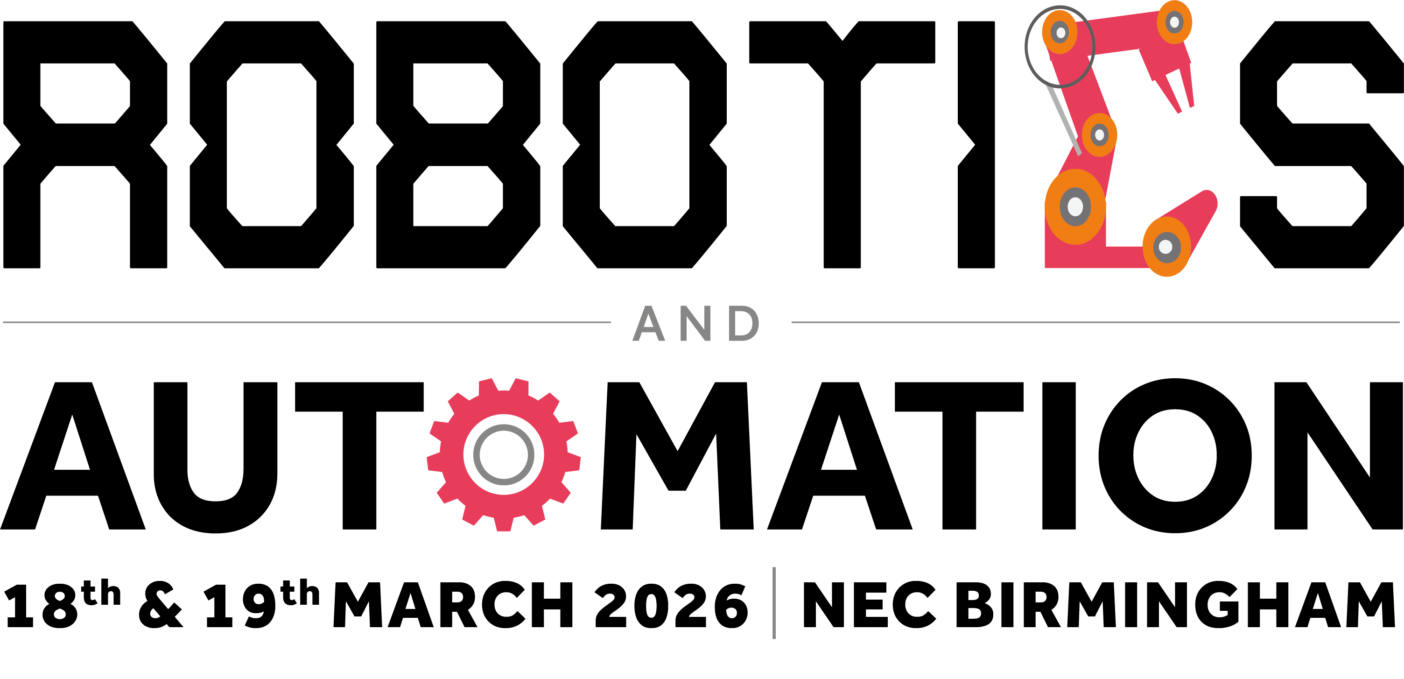A team of researchers at Columbia University has developed a new class of robots capable of physical growth and self-repair by incorporating material from their environment or from other robots.
The process, described in the journal Science Advances, is referred to as “robot metabolism”.
The researchers demonstrated this concept using a system of modular robotic components known as Truss Links. These are bar-shaped units with magnetic connectors that allow them to expand, contract, and attach at multiple angles.
By combining and reconfiguring, the modules can form increasingly complex shapes and structures.
In the study, individual Truss Links were shown to self-assemble into two-dimensional forms, which could then transform into three-dimensional robots.
These robots were able to incorporate additional links to improve their physical capabilities. For example, one tetrahedron-shaped robot added a new link to function as a walking stick, increasing its downhill movement speed by more than 66%.
The project aims to address current limitations in robotics, where most machines have closed, rigid bodies that cannot adapt, repair, or grow. The researchers propose that enabling robots to physically sustain themselves could lead to more autonomous and resilient systems.
The approach draws inspiration from biological systems, which grow and adapt through modular building blocks. The researchers envision future robotic systems functioning as self-sustaining ecologies, where machines are capable of long-term survival and adaptation without human intervention.
Achievements and innovations in retail and e-commerce, healthcare and pharmaceuticals, food and beverage, automotive, transport & logistics, and more will be celebrated at the Robotics & Automation Awards on 29 October 2025 at De Vere Grand Connaught Rooms in London. Visit www.roboticsandautomationawards.co.uk to learn more about this unmissable event for the UK’s robotics and automation sectors!








